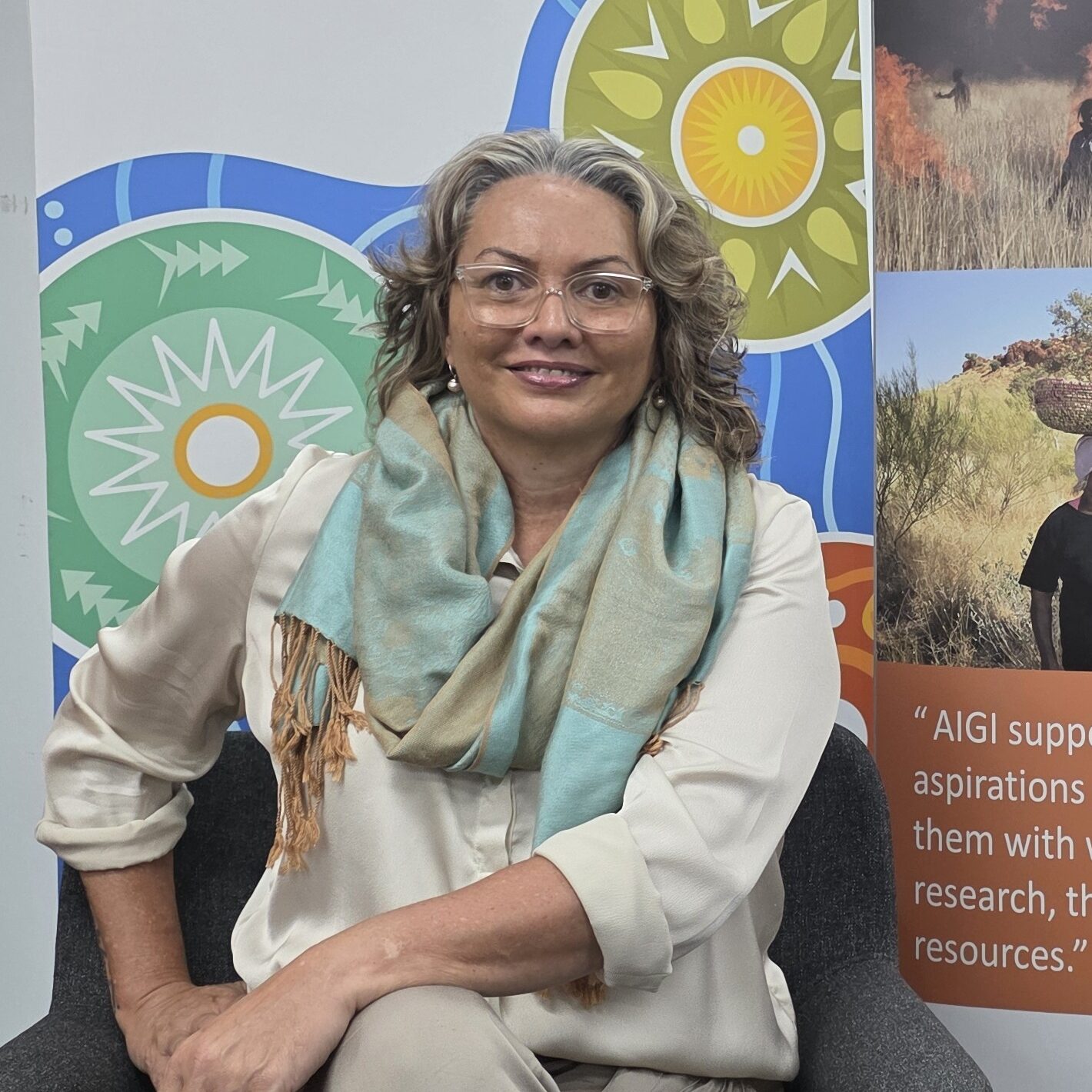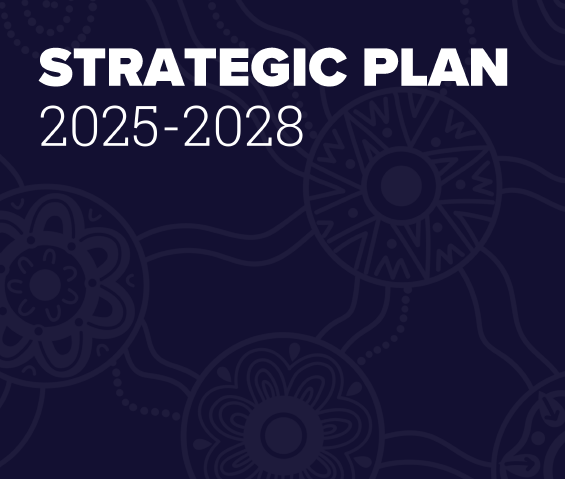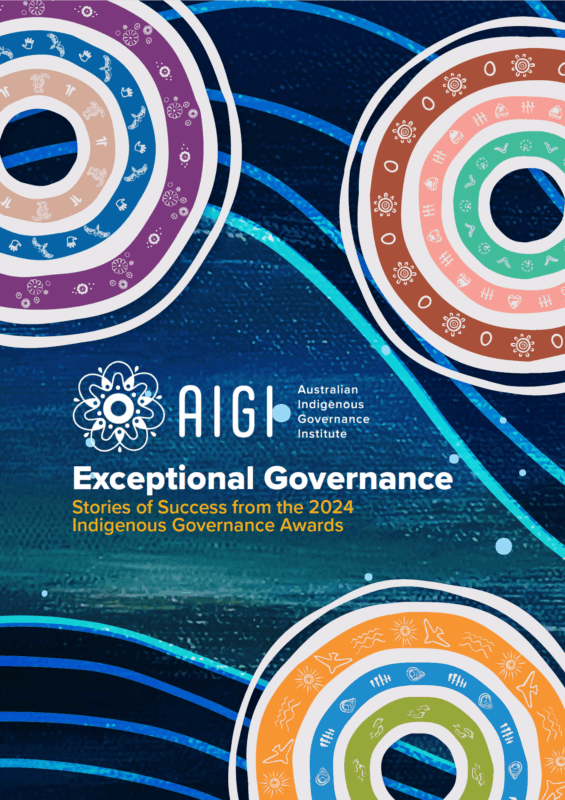Robe River Kuruma Aboriginal Corporation (RRKAC) is the representative body for the Robe River Kuruma (RRK) People across the Pilbara region of Western Australia For over 30,000 years, the RRK People have cared fo...
Understand Indigenous governance overview

In this section, we explain what governance means and look at the different types of governance – Indigenous, community, corporate and organisational. We explain what effective governance is and the importance of governance to self-determination.
Defining governance
Governance is the way that people organise themselves to achieve a shared goal. We look at the 8 elements of governance that need to work together to be effective. We also explain the different stages of governance that organisations go through.
Indigenous governance
Aboriginal and Torres Strait Islander peoples have been practising governance since time began. What makes it Indigenous governance is the role that Aboriginal and Torres Strait Islander culture plays. We look at what this means and the common features of Indigenous governance.
Governance lingo
Governance and government sound really similar, but they are not the same thing. We explain why. We also explain the difference between organisational, corporate, community and Indigenous governance.
Self-determination and governance
Governance is a foundational structure that can be used to build strong self-determined practices. We explore what self-determination means for Aboriginal and Torres Strait Islander peoples and how it can bring real change.
→ Self-determination and governance
Effective Indigenous governance
Effective governance means having rules, structures and processes capable of achieving your objectives. We look at AIGI’s principles for effective Indigenous governance, and 3 other models that can be customised to meet your needs.
→ Effective Indigenous governance
Governance gives an organisation, community or nation the ways and means to achieve the things that matter to them. It’s about how groups work together to achieve shared goals.
This factsheet offers an overview of Understand Indigenous governance. For more in-depth knowledge, explore the additional resources in the Toolkit.
We’ve translated our extensive research on Indigenous governance into helpful resources and tools to help you strengthen your governance practices.
Stay connected
Subscribe to AIGI news and updates.








.png)


